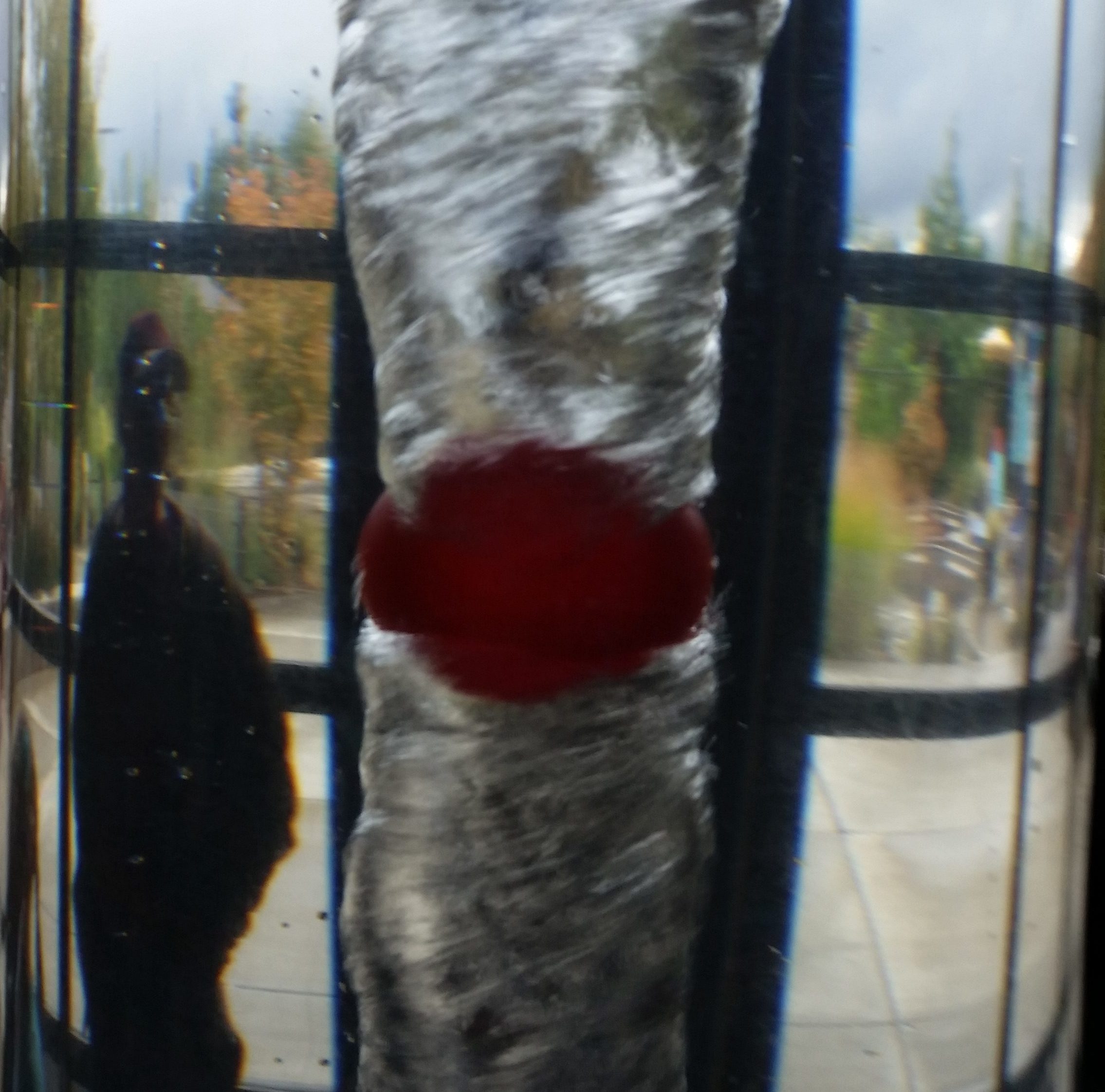Let’s talk about Safety
jacob.leachmanOne of the promising undergraduate students within the lab I worked in at Wisconsin was machining a part one day on a mill. He passed on the unsupervised lab-specific machine shop for risk of safety and was in the established student shop in the College — a fancy facade of a facility with a carefully organized tool closet and a windowed observation office where the head machinist, a disliked authoritarian of a person with decades of experience, could watch the shop. The student was very sharp, but left the chuck key in the mill head and turned it on. The key spun around, flew out, … » More …

